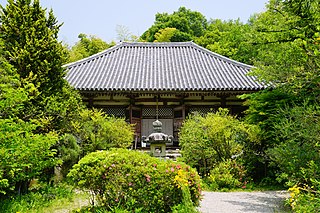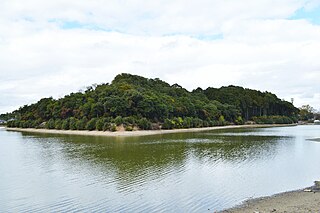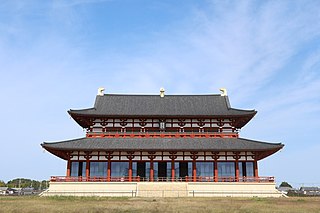Self-guided Sightseeing Tour #11 in Nara, Japan
Legend
Guided Free Walking Tours
Book free guided walking tours in Nara.
Guided Sightseeing Tours
Book guided sightseeing tours and activities in Nara.
Tour Facts
3.6 km
48 m
Experience Nara in Japan in a whole new way with our self-guided sightseeing tour. This site not only offers you practical information and insider tips, but also a rich variety of activities and sights you shouldn't miss. Whether you love art and culture, want to explore historical sites or simply want to experience the vibrant atmosphere of a lively city - you'll find everything you need for your personal adventure here.
Activities in NaraIndividual Sights in NaraSight 1: Futaiji
Futai-ji (不退寺), also known as Narihira-dera (業平寺), is a Buddhist temple in Nara, Japan.
Sight 2: Uwanabe Kofun
The Uwanabe Tumulus is a front -back tumulus in Houkaji -cho, Nara City, Nara Prefecture. It is one of the tumuli that makes up the Saki Shield Kofun (Uwanabe Tumulus), is located at the easternmost point of the tumulus and is the largest tumulus.
Sight 3: Konabe Kofun
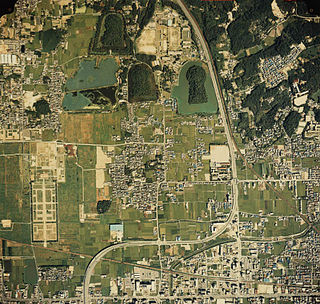
Konabe Kofun is an ancient burial mound located in Hokaji-cho, Nara City, Nara Prefecture, Japan. The shape is an anterior-posterior mound. One of the burial mounds that make up the Saki Shield Row Tombs.
Sight 4: Tomb of Emperor Heijo
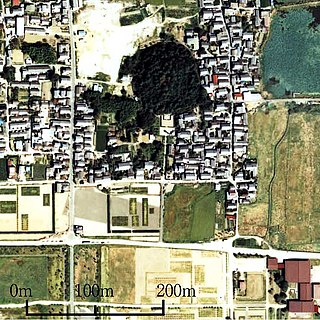
Ichiiwa Kofun is an ancient burial mound located in Tsukamoto, Saki-cho, Nara City, Nara Prefecture, Japan. The shape is an anterior-posterior mound. One of the burial mounds that make up the Saki Shield Row Tombs.
Sight 5: Heijō Palace
Book Ticket*Heijō Palace was the imperial residence in the Japanese capital city Heijō-kyō, during most of the Nara period. The palace, which served as the imperial residence and the administrative centre of for most of the Nara period from 710 to 794 AD, was located at the north-central location of the city in accordance with the Chinese models used for the design of the capital.
Sight 6: Nara Palace Historical Park
Heijo Palace is the inner part of Heijo Kyoto. In December 1998 (Heisei 10), it was registered as a World Heritage Site along with Todaiji Temple as a "cultural property of the ancient capital of Nara" (the first archaeological site in Japan).
Share
Disclaimer Please be aware of your surroundings and do not enter private property. We are not liable for any damages that occur during the tours.
GPX-Download For navigation apps and GPS devices you can download the tour as a GPX file.
